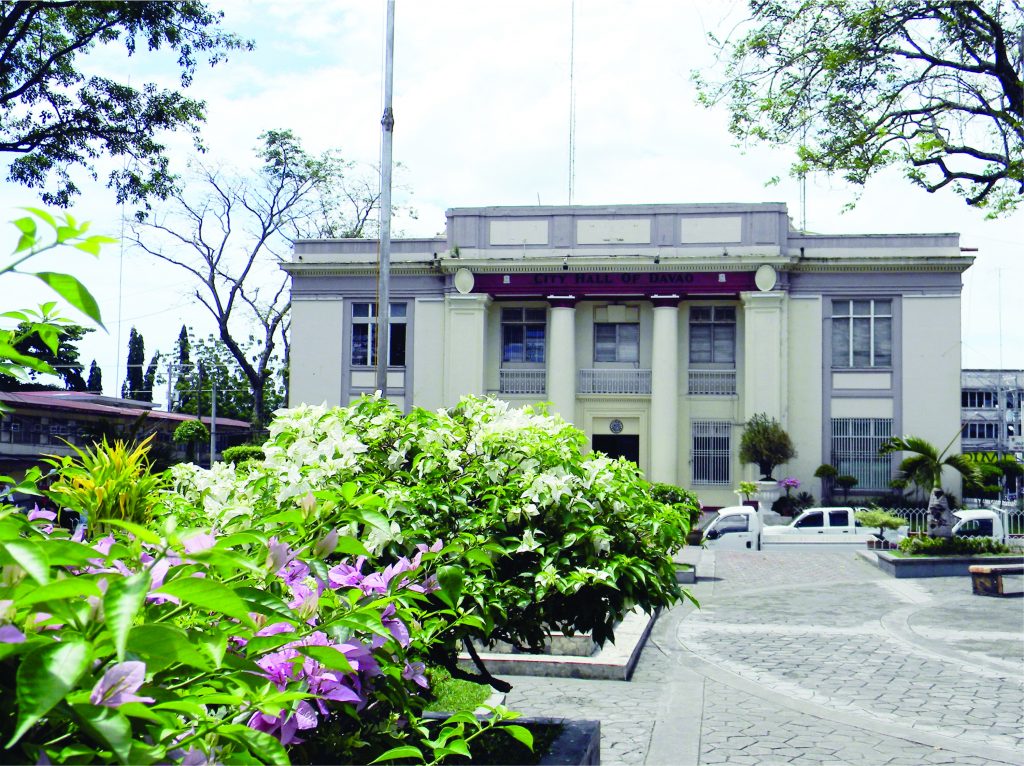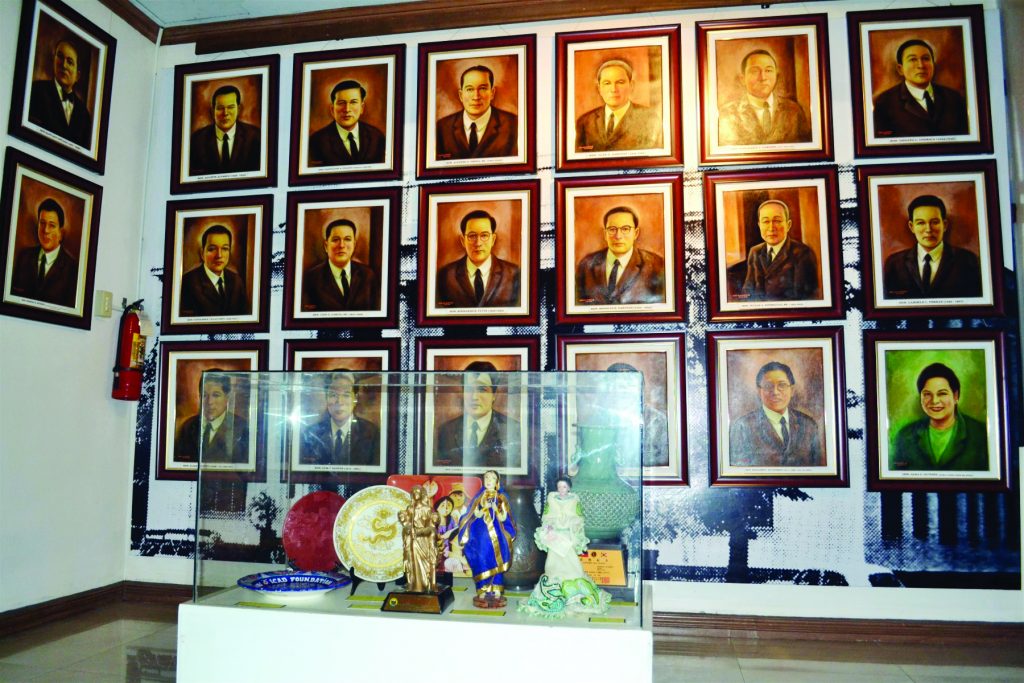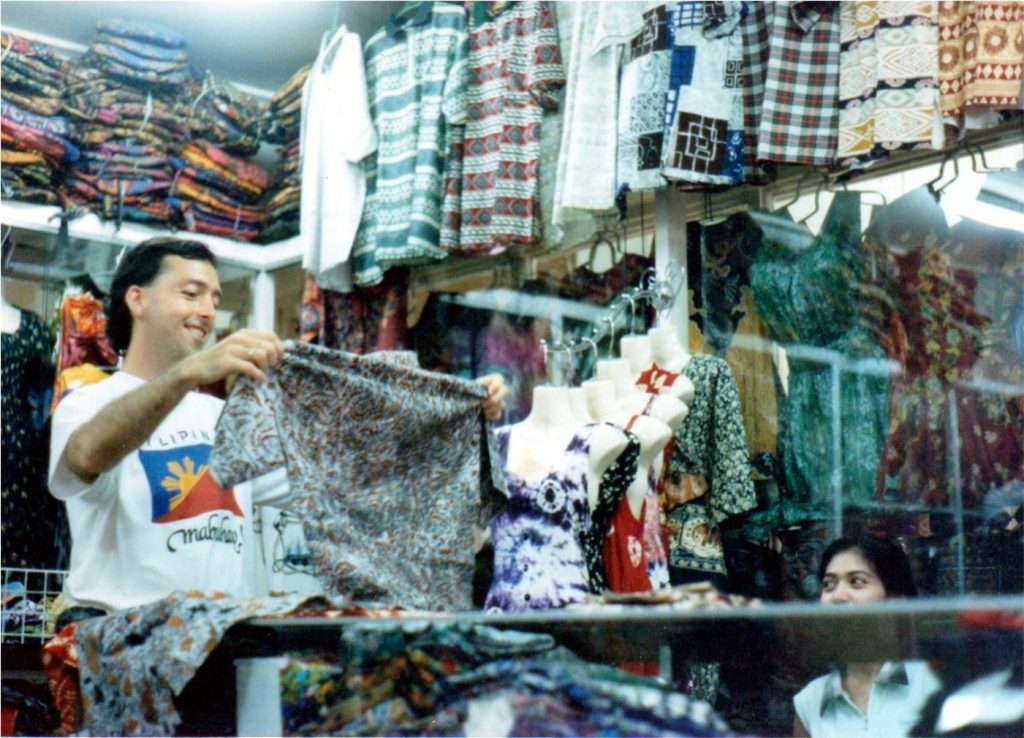If there’s one business that is profitable in Davao City, it’s definitely tourism. It has already ready consumers – from local, national and international.
Although 89% of those who came to Davao last year comprised domestic visitors, the remaining 11% were from all over the world, according to the city tourism office.
The most frequent foreign visitors were Americans: some 21,324 people trooped to the city. Japanese came next, with 12,800 while Chinese trailed with 10,827.
The rest of foreign visitors: Koreans (8,936), Australians (7,117), Indians (6,509), Canadians (5,392), Singaporeans (4,985), United Arab Emirates nationals (2,703), Malaysians (2,449), Germans (2,398), Thais (2,338), Saudi Arabians (2,242), and Taiwanese (1,868).
All in all, about 2 million visitors came to Davao City last year. For this year, the tourism office is targeting about 2.8 million visitors flocking the city.
Davao City – which is 7.8 times the size of Cebu and three times that of the entire Metro Manila – is known as the “crown jewel of Mindanao,” the “durian capital of the Philippines,” the “city of royalties,” the “fruit basket of the Philippines,” the “orchid capital of the Philippines,” and the “gateway to the East ASEAN” (Association of Southeast Asian Nations).
To people who live in the city, life is indeed here. Those who visited the city once, they always long to come back. For those who will come to the city for the first time, here are some things you can do:

Walk. Start your tour at the city hall in San Pedro Street. On the left side, there’s the legislative building, whose façade has the famous freedom statue designed by the talented Kublai Millan. Adjacent to the statue is the historic San Pedro Cathedral.
From there, take a taxi and tell the driver to bring you to People’s Park (yes, its Davao’s counterpart of Manhattan’s Central Park) in Legazpi Street. It’s a place where people gather around, stroll and cross bridges, watch man-made waterfalls, or sit under the beautiful trees.

Go religious. San Pedro Cathedral was declared by the Philippine government as one of the country’s national cultural treasures. The original carvings of the images of saints and the altar decorations are well-preserved despite the many renovations made on the church in the past several years. In Matina, you can go to the Shrine of the Holy Infant Jesus of Prague, which has an open-air chapel. In Cabaguio Avenue in Agdao District, visit the biggest Buddhist temple in Mindanao.

Learn from the past. As the city’s repository of its cultural and historical heritage, Museo Dabawenyo in Pichon Street has galleries that showcase the local tribes’ cultures and way of living, artifacts and information of the city’s history and a hall of changing exhibits, art shows and various educational enrichment activities. Not far from the museum is Camp Domingo Leonor, quarters of the Spanish and later American soldiers in the 1920s.

Relax and have communion with nature. Located in Toril, the Eden Nature Park – at 2,650 feet above sea level – offers a breath-taking bird’s-eye view of the city and the Davao Gulf in the distance. The Malagos Garden Resort in Calinan has an amazing bird show every weekend plus you get a glimpse of the sculptures of National Artist Napoleon Abueva.
Have close encounter with the wilds. If wildlife is your thing, visit the Philippine Eagle Center in Malagos, Baguio District and see up close the country’s bird icon. At the Crocodile Park in Carlos P. Garcia Highway, you get to see “Pangil,” the second largest crocodile in the country. There are other animals too like tiger, deer, birds, and snakes.
Try extreme adventures. Zipline is a breath-taking outdoor thrill ride. This will have you enjoying the view of the outdoors carrying you from one point to another. Davao has three places: in Eden Nature Park, Outland Adventure and Zip City (both in Diversion Road).
Also in Eden, you can do two other things: skycycling and skyswing.
Wakeboarding is an extreme sport but is getting very popular. If you think you can stomach being pulled while boarding on water but have fears of possible accidents, you do not have to especially if you choose to try out your courage in Deca Wakeboard Park in Tacunan, Mintal.

Eat fruits to your heart’s content. The city is one of the world’s leading producers and exporters of mango, pomelo, banana, papaya, and mangosteen. Its fertile volcanic soil makes it most suitable for sustained production of these tastiest tropical fruits in the country. Don’t miss eating the exotic durian, famous because of its spike and offensive scent (“It smells like hell, but tastes like heaven,” one scribe noted).

Do a city tour. The simplest way to get around is by hopping on a taxi. Unlike in other big cities, drivers in Davao do not normally bargain if they notice that you are a tourist, hence the cost of the trip is the same in price as a regular. In fact, taxi drivers in Davao are regarded as the most honest taxi drivers in the Philippines. Alternatively, if you opt for more adventure, then do as the locals and catch a colorful jeepney. Simply ask around for which route to take to avoid getting lost.
Sleep well. There is no shortage of accommodations in Davao; among the recommended ones are the Marco Polo Davao on Claveria, the Royal Mandaya Hotel on Ponciano, the Grand Regal Hotel and Casino Filipino, Radisson Inn, and the Waterfront Insular Hotel on Lanang, and the Apo View Hotel. There are also lodges and inns, all around the city.

Bring something from Davao. Colorful traditional tribal weaves and natural products of its indigenous groups are available at the Aldevinco Shopping Center. You can also visit the Davao Pasalubong Center in Palma Gil Street; among those sold are souvenir and gift items, home decors, indigenous costumes and native accessories using locally sourced and recyclable materials. For juicy pomelo and yummy durian fruits, check out those areas located in Magsaysay Park and the Madrazo Fruit Stands.
Just a reminder or two when you are in Davao City: Drinking of alcoholic beverages is allowed only until 1 am – beyond that until 8 in the morning, drinking is strictly prohibited. Smoking is also not allowed – except in private houses, private vehicles, and in the smoking area of establishments that applied for exception.
Welcome to Davao City!






